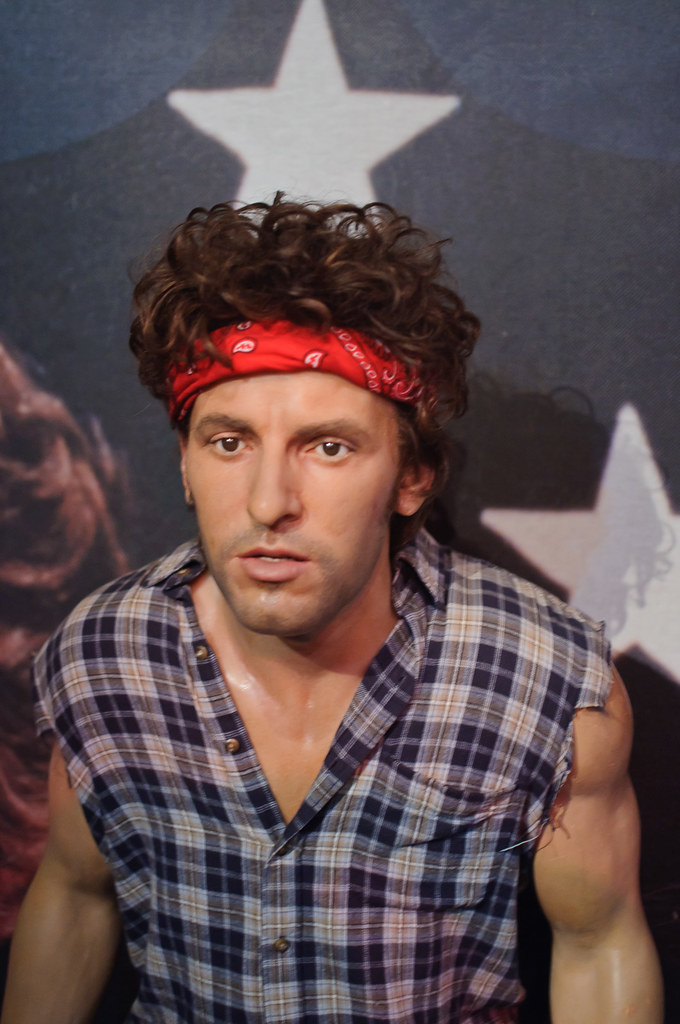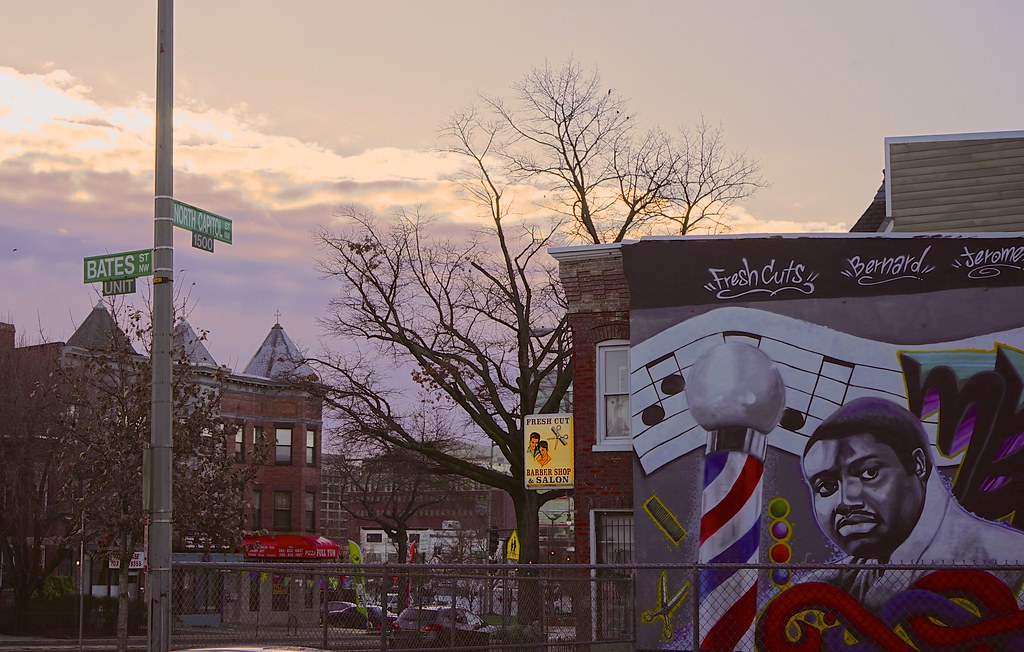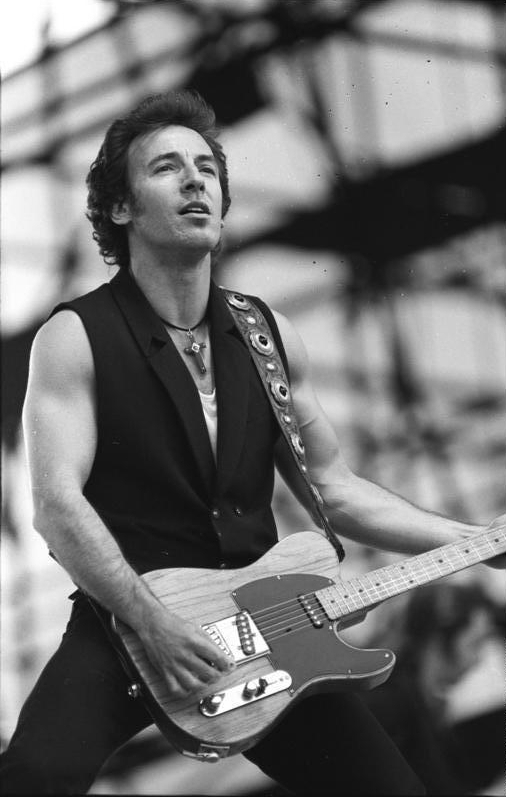

Bruce Springsteen, affectionately known across the globe as “the Boss,” has long stood as an unyielding pillar in American rock music. For six decades, his voice, guitar, and poetic lyrics have channeled the very essence of working-class American life, forging an indelible connection with millions. A pioneer of heartland rock, Springsteen has masterfully blended commercially successful rock with a deep, socially conscious lyrical sensibility, painting vivid narratives that resonate with universal truths and individual struggles.
His journey, marked by relentless dedication and unshakeable commitment to his craft, began humbly in the New Jersey towns that became the backdrop for his legendary tales. From his earliest days, chasing the electric thrill of Elvis and the Beatles, Springsteen embarked on a musical odyssey. He transformed from a “loner who wanted nothing more than to play his guitar” into one of the best-selling music artists of all time, selling over 140 million records worldwide.
This article delves into the formative chapters of Bruce Springsteen’s extraordinary career, exploring pivotal moments, artistic evolution, and the relentless drive that cemented his cultural phenomenon status. We journey through his early struggles and the incandescent breakthrough of his most iconic works, observing how each album and live performance contributed to the legend of an artist whose impact extends far beyond mere entertainment.
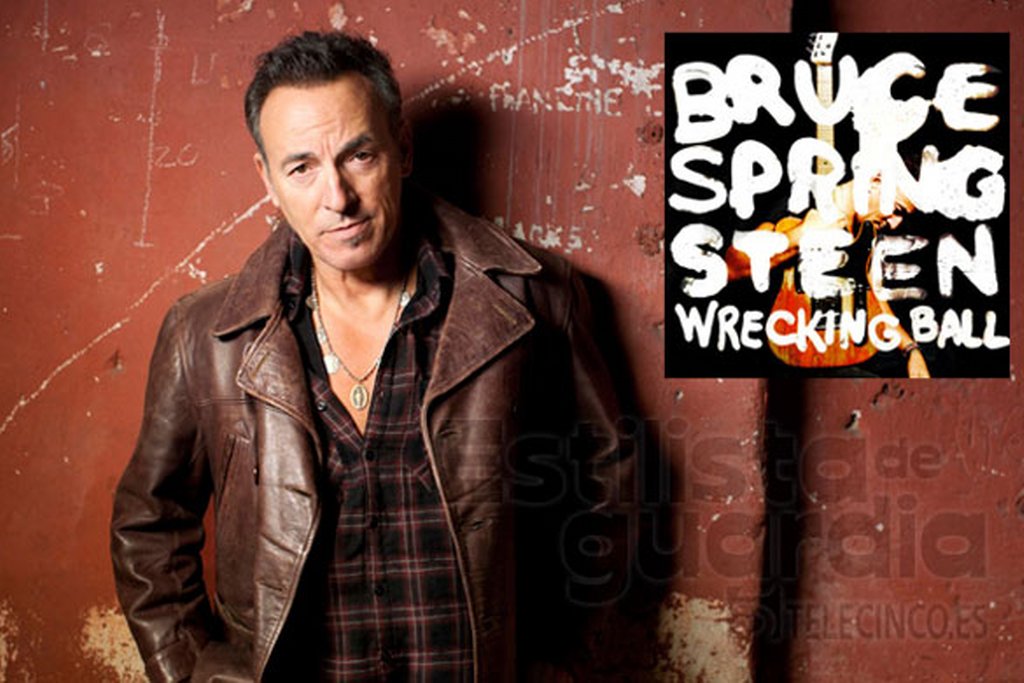
1. **The Making of “The Boss”: Early Life, Influences, and the Spark of Rock & Roll**Born Bruce Frederick Joseph Springsteen on September 23, 1949, in Long Branch, New Jersey, his formative years steeped in working-class realities. His father, Douglas Frederick “Dutch” Springsteen, held various jobs and struggled with mental health. His mother, Adele Ann, a legal secretary, was the family’s main breadwinner. His Catholic upbringing, despite rebellion at St. Rose of Lima Catholic School, influenced his music, fostering a “very active spiritual life” that he later joked “made it very difficult ually.”
The true catalyst for Springsteen’s musical aspirations arrived early. While he heard Frank Sinatra, the electrifying performances of Elvis Presley on “The Ed Sullivan Show” in 1956 and 1957 ignited his passion. At seven, he was captivated by music. His mother rented him a guitar, though his desire for instant gratification led him to quit lessons quickly, an early glimpse of his independent spirit.
His journey through formal education was unconventional. At Freehold High School, a teacher described him as a “loner who wanted nothing more than to play his guitar.” He graduated in 1967 but skipped his own ceremony due to alienation. A brief stint at Ocean County College also ended. He failed his draft physical for the Vietnam War due to a prior motorcycle accident, fortuitously allowing his musical career to continue unobstructed.
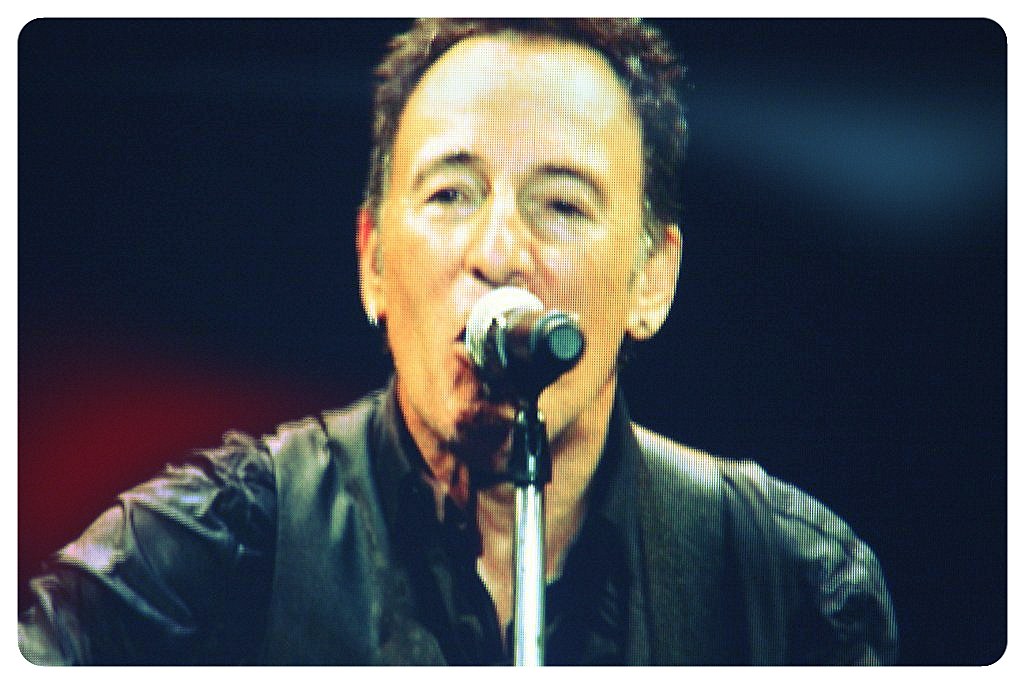
2. **Forging the Sound: The Evolution of Bruce Springsteen’s Early Bands and the E Street Genesis**The monumental impact of The Beatles’ televised appearances on “The Ed Sullivan Show” in 1964 cemented Springsteen’s destiny. Inspired, he bought his first guitar and began playing with bands like the Rogues. His mother’s significant gesture—a loan for a $60 Kent guitar—was later immortalized in “The Wish.” He moved through early ensembles like The Castiles, Earth, Child (Steel Mill), and the Bruce Springsteen Band, each refining his artistic voice.
Steel Mill, active from 1969 to early 1971, was crucial, featuring future E Street Band members Danny Federici, Vini Lopez, and Steven Van Zandt. They developed a cult following across the Jersey Shore. Music critic Philip Elwood, reviewing a 1970 Steel Mill show, declared he had “never been so overwhelmed by a totally unknown talent,” praising Springsteen as “a most impressive composer.” This period allowed him to shape a unique lyrical style, becoming so prolific that his future record label noted he had “more words in some individual songs than other artists had in whole albums.”
His talent eventually caught the attention of managers Mike Appel and Jim Cretecos, leading to an audition with Columbia Records talent scout John Hammond. In May 1972, Springsteen successfully auditioned. By October 1972, he assembled a new band for his debut album, which became the E Street Band by September 1974. He then earned his nickname, “the Boss,” for collecting and distributing the band’s nightly pay, symbolizing his burgeoning leadership.
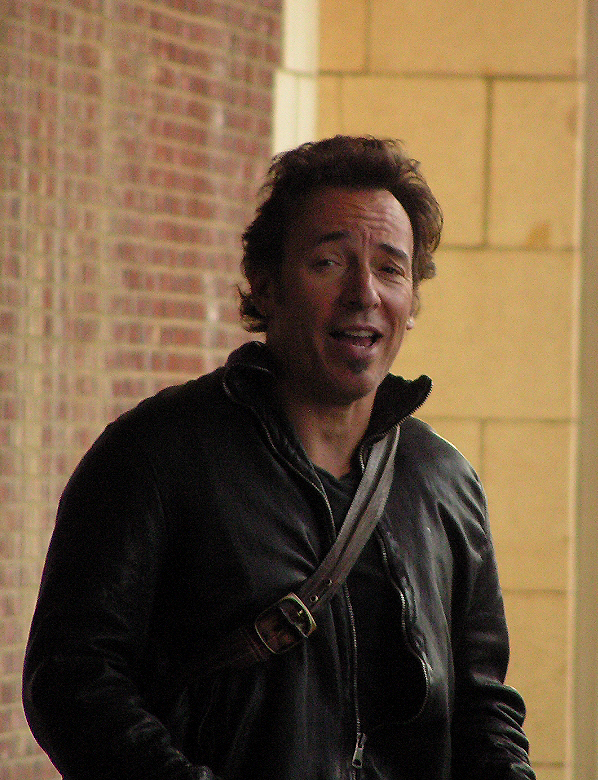
3. **Initial Strokes of Genius: “Greetings from Asbury Park, N.J.” and “The Wild, the Innocent & the E Street Shuffle”**
Bruce Springsteen’s official recording career began with his signing to Columbia Records in 1972 by John Hammond. His debut, “Greetings from Asbury Park, N.J.”, released in January 1973, immediately established him as a critical favorite. It showcased poetic sensibilities and folk rock roots, notably on “Blinded by the Light” and “For You.” Critics compared him to Bob Dylan, with Crawdaddy magazine editor Peter Knobler praising his “freshness and urgency” in a March 1973 profile.
Just eleven months later, in November 1973, Springsteen released “The Wild, the Innocent & the E Street Shuffle.” Like its predecessor, it garnered critical acclaim but limited commercial success. However, the musical direction evolved; songs grew grander, and the E Street Band delivered a less folksy, more rhythm and blues sound. His lyrics began to romanticize teenage street life, captivating a growing fanbase.
Tracks such as “4th of July, Asbury Park (Sandy)” and “Rosalita (Come Out Tonight)” swiftly became fan favorites. “Rosalita” is one of his most beloved concert numbers. A key local landmark of this era was the Stone Pony, a music venue opening in February 1974 in Asbury Park. Springsteen and the E Street Band regularly played there, contributing to its legendary status as “an integral part of music history for decades.”
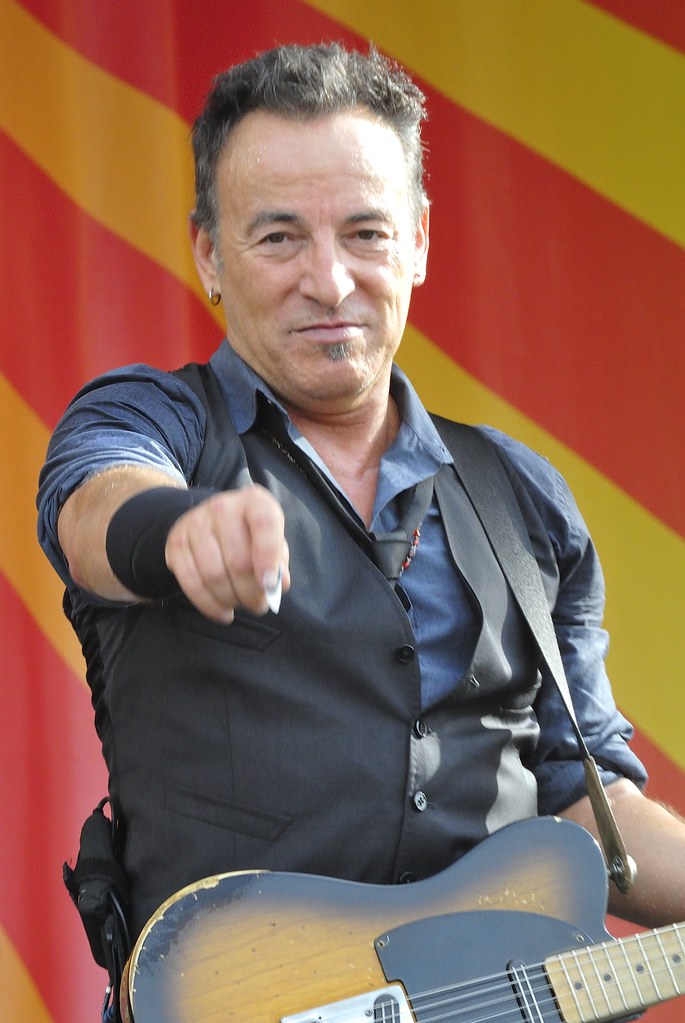
4. **The Triumphant Roar of “Born to Run”: A Global Breakthrough**A pivotal turning point arrived in 1974. After a captivating performance, music critic Jon Landau famously declared, “I saw rock and roll future, and its name is Bruce Springsteen.” Landau, a new friend, soon co-produced Springsteen’s next album, “Born to Run,” a last-ditch effort for commercial success. Its creation was an arduous 14-month process, six dedicated to the title track alone. Springsteen pursued a “Wall of Sound” production, grappling to articulate the “sounds in [his] head.” This intense period saw E Street Band shifts, with Roy Bittan and Max Weinberg joining.
Anticipation for “Born to Run” was deliberately stoked when manager Mike Appel released an early mix of the title track to numerous radio stations. Despite internal struggles—Springsteen rejected initial mixes, even throwing an acetate into a hotel swimming pool—the final version was approved in August 1975, just as a tour commenced. This meticulous, often frustrating, creative journey underscored his unwavering commitment.
Released in August 1975, “Born to Run” was a seismic event, catapulting Springsteen to worldwide fame. It peaked at No. 3 on the Billboard Top LPs & Tape chart and achieved seven times platinum in the U.S. Author Louis Masur suggested its success resonated with “the fears of growing old held by a generation of late teenagers.” In October 1975, Springsteen made history appearing on the covers of both Newsweek and Time. This intense media spotlight, however, triggered a backlash, which Springsteen openly disliked, even tearing down promotional posters in London.
Read more about: The Enduring Story of a Legend: Bruce Springsteen’s Path from Asbury Park to Global Icon
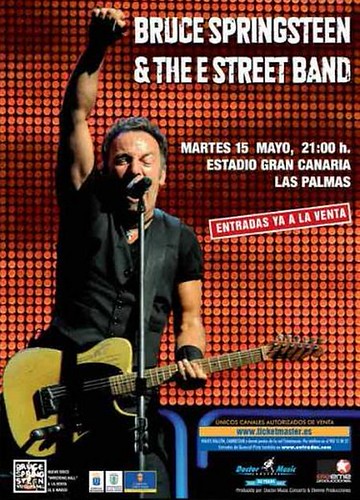
5. **Stripping Back the Layers: “Darkness on the Edge of Town” and Lyrical Grit**Following the media frenzy around “Born to Run,” Bruce Springsteen faced a protracted legal battle with manager Mike Appel. This dispute sidelined him from the studio for nearly a year. He kept the E Street Band active through extensive U.S. touring, tirelessly writing new material. This period honed his focus, strengthening his bond with the band and deepening his craft, setting the stage for his next artistic statement.
After settling with Appel in May 1977, Springsteen returned to the studio with renewed purpose. The nine-month sessions with the E Street Band produced “Darkness on the Edge of Town,” a deliberate artistic departure. Moving from the dense “Wall of Sound” of “Born to Run,” he embraced a rawer, hard rock sound. This shift mirrored the album’s thematic content, exploring the lives of ill-fortuned individuals fighting overwhelming odds, reflecting his struggles and observations.
Released in June 1978, “Darkness on the Edge of Town” sold fewer copies than its predecessor, yet proved a critical and enduring commercial success, remaining on the Billboard chart for 167 weeks, selling three million U.S. copies. The supporting “Darkness Tour” was Springsteen’s largest and most ambitious, featuring legendary shows often lasting over three hours. Ultimate Classic Rock noted the tour “solidified Springsteen and the E Street Band as ‘one of the most exciting live acts in rock ‘n’ roll’,” cementing their reputation for unparalleled concert experiences.
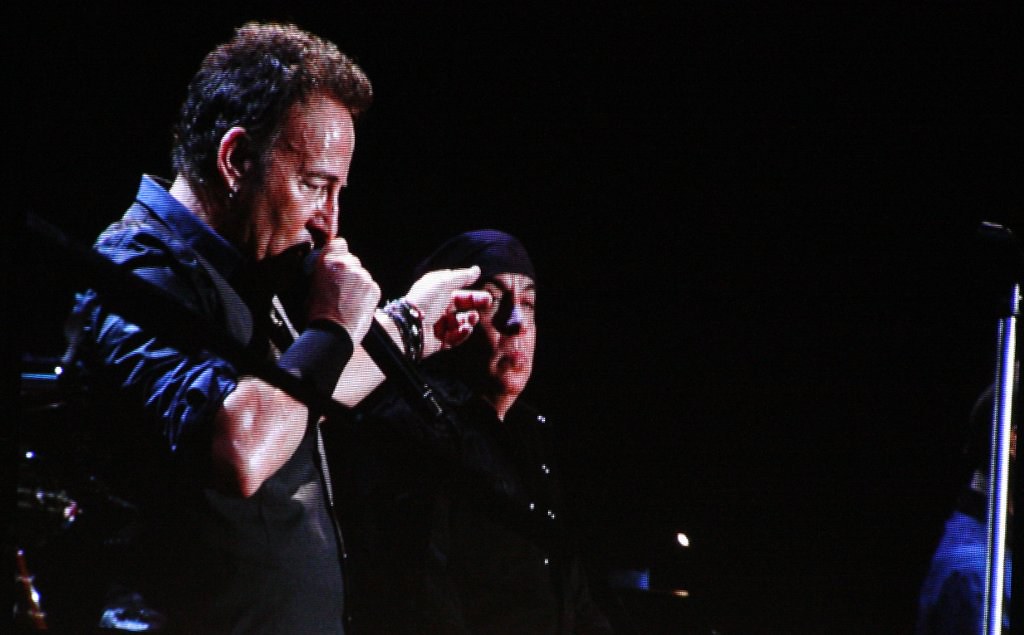
6. **Artistic Divergence: From “The River” to the Stark Beauty of “Nebraska”**By the late 1970s, Bruce Springsteen’s songwriting prowess was widely recognized; his compositions became hits for other artists. Manfred Mann’s Earth Band scored a U.S. No. 1 with “Blinded by the Light,” Patti Smith reached No. 13 with “Because the Night,” and The Pointer Sisters hit No. 2 with “Fire.” He provided compositions for Southside Johnny and the Asbury Jukes and collaborated with Steven Van Zandt. In September 1979, Springsteen and the E Street Band joined the Musicians United for Safe Energy anti-nuclear power collective, marking his initial foray into political involvement, documented in the “No Nukes” recordings.
The extensive 18-month recording sessions for his fifth album, “The River,” produced a sprawling 20-track double album. Designed to capture the raw energy of the E Street Band live, it blended joyous party anthems with introspective ballads. Released in October 1980, it became his biggest and fastest-selling album, topping the U.S. Billboard chart, with “Hungry Heart” becoming his first top ten single. This commercial success solidified his mainstream appeal while maintaining artistic integrity.
However, “The River” also foreshadowed a starkly different artistic direction, which materialized in “Nebraska,” a minimalist, folk-inspired solo effort released in September 1982. Recorded as raw demos at home, after poor test sessions with the E Street Band, Springsteen released them as is. “Nebraska” was a bleak yet compelling chronicle of blue-collar hardships, with stark tales of criminals and gang wars. Despite modest sales, it reached No. 3 on the Billboard chart and earned immense critical praise as a brave artistic achievement, revealing a new, profound dimension to “the Boss”’s storytelling.
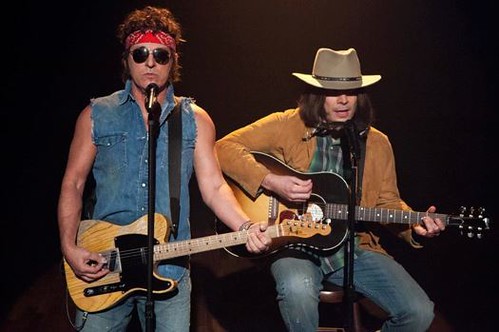
7. **”Born in the U.S.A.”: The Zenith of Commercial Success and Cultural Misinterpretation**1984 marked an undeniable zenith for Bruce Springsteen with the release of *Born in the U.S.A.*, an album that catapulted him into the stratosphere of global superstardom. With sales exceeding 30 million worldwide, it became one of the best-selling albums of all time. An astonishing seven singles from the album soared into the Top 10 of the Billboard Hot 100, a testament to its pervasive impact on popular culture.
Yet, the album’s title track, “Born in the U.S.A.,” was a complex and often misunderstood masterpiece. Beneath its anthemic, soaring chorus lay a bitter commentary on the grim realities faced by Vietnam veterans, many of whom were Springsteen’s own friends. The lyrics in the verses, though unambiguous in their message of struggle and betrayal, were frequently overshadowed by the powerful, celebratory sound, leading to widespread misinterpretations of its true meaning.
This misreading reached the highest echelons of power when President Ronald Reagan, in a 1984 campaign rally, famously invoked Springsteen, suggesting his songs embodied “the message of hope.” Springsteen, ever the keen observer, subtly yet pointedly responded at a Pittsburgh concert just two nights later. He mused, “I don’t think it was the *Nebraska* album. I don’t think he’s been listening to this one,” before launching into “Johnny 99,” a stark tale of closing factories and desperation, underscoring the political depth often missed by casual listeners.
Beyond the title track, *Born in the U.S.A.* spawned other massive hits, notably “Dancing in the Dark,” which peaked at No. 2 on the Billboard singles chart. Its iconic video, featuring a young Courteney Cox dancing alongside Springsteen, famously helped launch her career. Springsteen’s generosity extended to other artists, writing “Cover Me” for Donna Summer before his record company persuaded him to keep it, and penning “Protection” specifically for her.
This period truly cemented Springsteen’s unparalleled visibility in popular culture. In 1985, his live cover of Jimmy Cliff’s “Trapped” received significant airplay, topping the Billboard Top Rock Tracks chart. The album’s pervasive influence was further highlighted when, from June 15 to August 10, 1985, all seven of his existing albums simultaneously appeared on the UK Albums Chart – an unprecedented feat for any artist at the time.
Read more about: The Unyielding Spirit of the Boss: A Definitive Retrospective of Bruce Springsteen’s Monumental Career
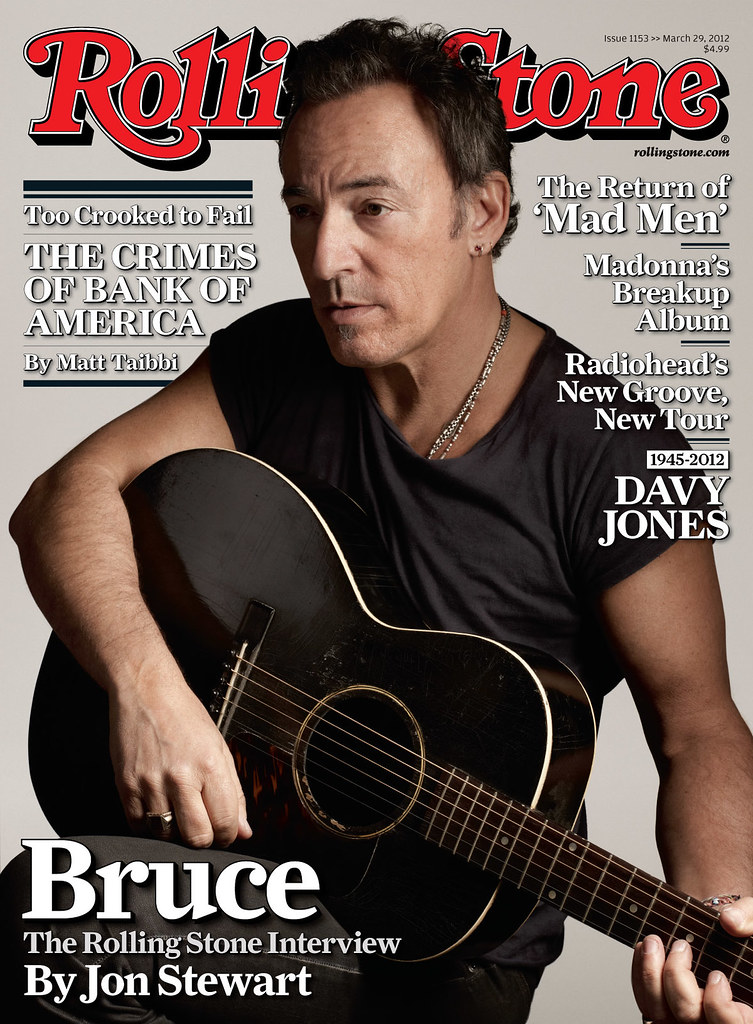
8. **Evolution and Activism: “Tunnel of Love,” Dissolution of the E Street Band, and Humanitarian Efforts**
Following the colossal success of *Born in the U.S.A.*, Springsteen embarked on a more introspective journey with *Tunnel of Love*, released in October 1987. This album presented a much more sedate and contemplative side of the Boss, offering mature reflections on love’s myriad facets—found, lost, and squandered. The full, bombastic sound of the E Street Band was included only selectively, allowing for a more intimate and personal musical landscape.
Despite selling less than its record-breaking predecessor, *Tunnel of Love* was still a significant commercial success, reaching No. 1 on the Billboard 200. It showcased Springsteen’s willingness to evolve his sound and lyrical themes, demonstrating that his artistry was not confined to arena-rock anthems, but could delve into deeply personal and nuanced narratives.
A powerful moment of cultural and political significance occurred on July 19, 1988, when Springsteen performed a concert in East Germany that drew an astonishing 300,000 spectators. This event, conceived by the Socialist Unity Party’s youth wing to quell dissent, was ultimately described by journalist Erik Kirschbaum as “the most important rock concert ever, anywhere.” Kirschbaum posited that its success inadvertently catalyzed opposition to the regime, contributing to the fall of the Berlin Wall the following year.
Springsteen’s commitment to social causes extended globally later that year when he headlined the worldwide Human Rights Now! tour for Amnesty International. This period of intense activism, however, culminated in a surprising announcement in October 1989: he dissolved the legendary E Street Band, signaling a significant shift in his musical direction and setting the stage for solo ventures.
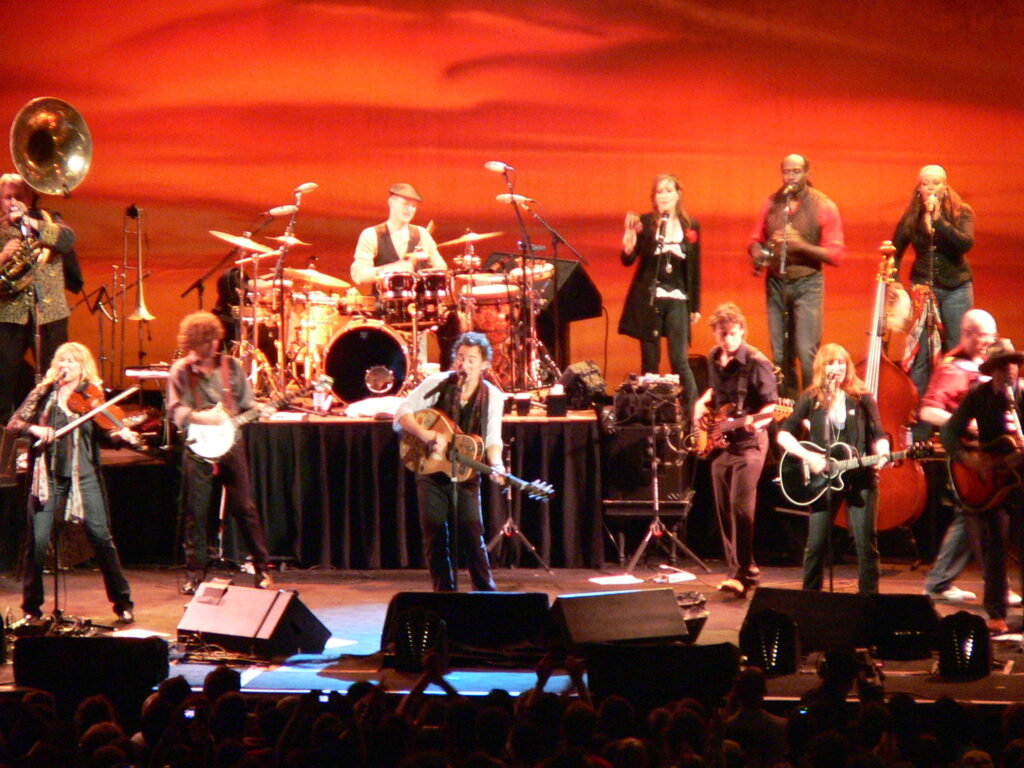
9. **The Nineties: Solo Ventures, Hollywood Accolades, and the Ghost of Tom Joad**The early 1990s saw Bruce Springsteen venturing into new territory, a move that stirred mixed reactions among his loyal fanbase. He relocated to Los Angeles, working with session musicians and releasing two albums simultaneously in 1992: *Human Touch* and *Lucky Town*. This departure from the familiar E Street sound, combined with a poorly received electric band appearance on the acoustic *MTV Unplugged* (later released as *In Concert/MTV Plugged*), led to some fan dissatisfaction, with accusations of him “going Hollywood.”
Yet, this era also brought him significant mainstream recognition beyond the rock world. In 1994, Springsteen won an Academy Award for his poignant song “Streets of Philadelphia,” a powerful track featured on the soundtrack to the film *Philadelphia*. The song’s video, notable for showcasing Springsteen’s actual vocal performance recorded with a hidden microphone over a prerecorded instrumental track, became an iconic piece of his visual catalog.
By 1995, after a temporary reunion of the E Street Band for new songs on his *Greatest Hits* album, Springsteen returned to a more folk-oriented, socially conscious path with his second acoustic album, *The Ghost of Tom Joad*. This profound work was deeply inspired by John Steinbeck’s *The Grapes of Wrath* and Dale Maharidge’s *Journey to Nowhere*. *Rolling Stone* fittingly characterized it as Springsteen’s first overtly social statement since *Born in the U.S.A.*, drawing strong parallels to the stark realism of *Nebraska* with its acoustic nature and Depression-era storytelling.
*The Ghost of Tom Joad* is renowned for its bleak, unrelenting atmosphere, painting portraits of characters broken by life’s hardships, with minimal musical relief from their desolate scenarios. Springsteen supported this album with a lengthy, worldwide, solo acoustic tour, where he was known to explicitly remind audiences to “shut the up” and refrain from clapping during his intensely intimate performances. Despite these artistic explorations, Springsteen would later reflect on the 1990s as a “lost period” musically, acknowledging that he “didn’t do a lot of work” and perhaps “didn’t do my best work” during that decade, before eventually moving back to New Jersey with his family and releasing the sprawling box set *Tracks* in 1998.
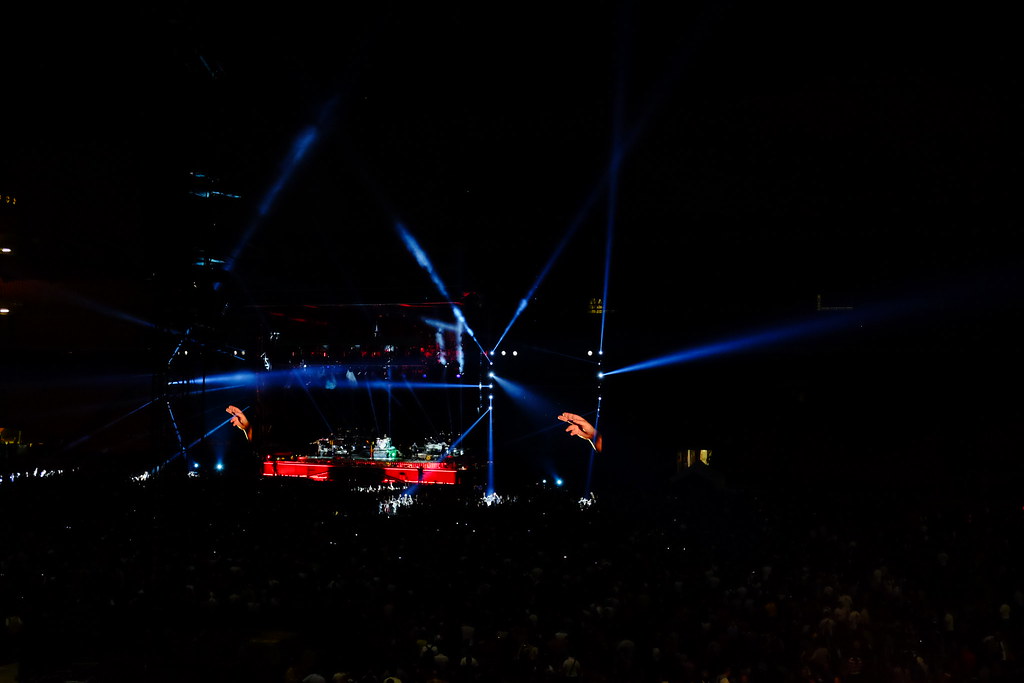
10. **A New Millennium, A Reunited Band, and Post-9/11 Reflections: “The Rising” and Beyond**The turn of the millennium marked a powerful resurgence and renewed purpose for Bruce Springsteen. In 1999, he was inducted into the Rock and Roll Hall of Fame by Bono, a moment that underscored his monumental influence. More significantly for fans, Springsteen and the E Street Band officially reunited, embarking on an extensive “Reunion Tour” that lasted over a year, captivating audiences with their legendary live energy. Highlights included record-setting sold-out engagements at Continental Airlines Arena and Madison Square Garden.
This reunion culminated in 2002 with the release of *The Rising*, Springsteen’s first studio album with the full E Street Band in 18 years, produced by Brendan O’Brien. The album, largely a powerful reflection on the September 11 attacks and their aftermath, resonated deeply with listeners. It achieved immense critical acclaim and popular success, with the title track receiving widespread airplay and the album becoming his best-selling collection of new material in 15 years.
The supporting “Rising Tour” was a monumental undertaking, seeing the band barnstorm through a series of single-night arena stands across the U.S. and Europe. Springsteen even performed an unprecedented 10 nights at Giants Stadium in New Jersey, cementing his reputation as a live phenomenon capable of filling massive venues night after night.
*The Rising*’s impact was recognized with multiple accolades, including the Grammy for Best Rock Album, along with nominations for Album of the Year, Best Rock Song, and Best Male Rock Vocal Performance for its title track. At the 2003 Grammy ceremony, Springsteen performed a memorable tribute to Joe Strummer, joining Elvis Costello, Dave Grohl, Steven Van Zandt, and Tony Kanal for The Clash’s “London Calling.” His commitment to social engagement continued in 2004, with his participation, alongside the E Street Band, in the impactful Vote for Change tour.
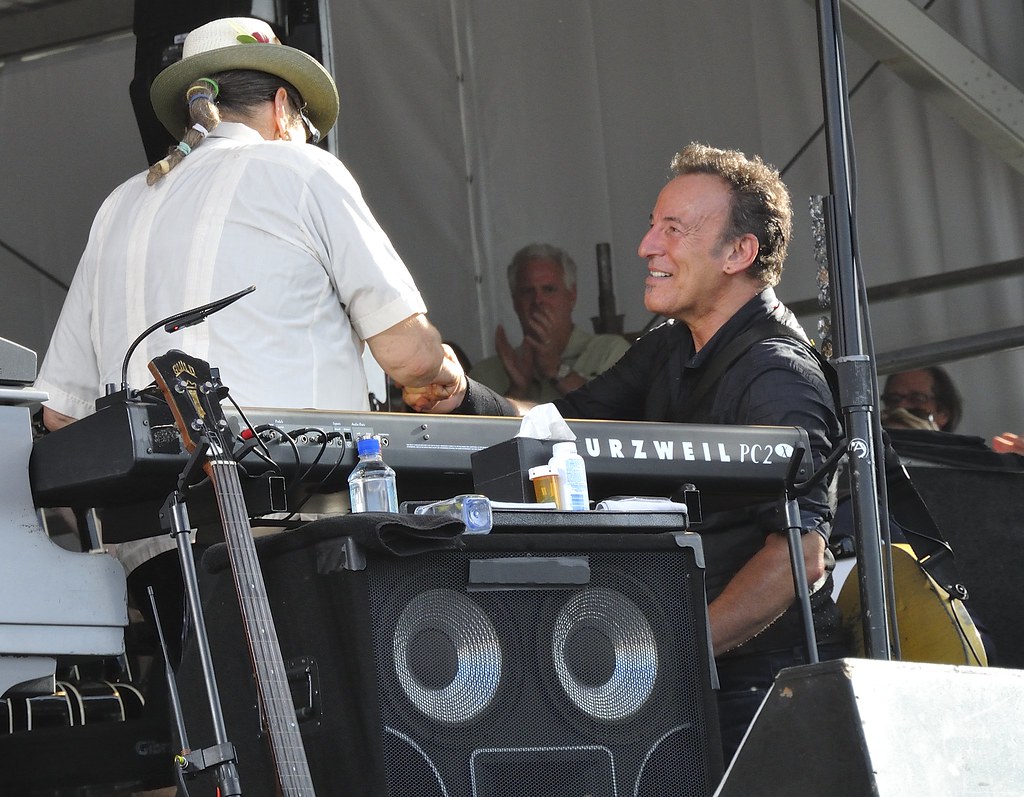
11. **Diverse Ventures and Enduring Creativity: Folk, Covers, and Return to the E Street Band**Springsteen continued his prolific output into the mid-2000s, showcasing his diverse musical interests. April 2005 saw the release of *Devils & Dust*, another low-key, mostly acoustic album, drawing thematic parallels to *Nebraska* and *The Ghost of Tom Joad*. Some of its material, written nearly a decade prior, explored a soldier’s fears during the Iraq War, and the album topped charts in ten countries, supported by a solo tour.
In April 2006, Springsteen embarked on a unique American roots music project with *We Shall Overcome: The Seeger Sessions*. This album and accompanying tour, featuring an 18-strong ensemble dubbed the Seeger Sessions Band, brought a big folk sound to 15 songs popularized by radical musical activist Pete Seeger. While the tour proved immensely popular and well-received in Europe and at its opening in post-Katrina New Orleans, some U.S. shows reportedly suffered from sparse attendance.
Springsteen soon returned to his beloved E Street Band for *Magic*, released in October 2007, featuring ten new songs, including “Long Walk Home,” and a hidden track, “Terry’s Song,” a poignant tribute to his late long-time assistant, Terry Magovern. *Magic* debuted at No. 1 in the U.S., Ireland, and the UK. The subsequent Magic Tour, the first with the E Street Band since 2003, tragically marked the final tour for longtime E Street member Danny Federici, who passed away in 2008. The next album, *Working on a Dream*, released in January 2009, was dedicated to Federici.
This period also saw Springsteen’s heightened political involvement, notably supporting Barack Obama’s 2008 presidential campaign with solo acoustic performances. After Obama’s victory, “The Rising” was the first song played at his celebration, and Springsteen performed with Pete Seeger at the Inaugural Celebration. He also won a Golden Globe for “The Wrestler” in 2009 and delivered an iconic Super Bowl XLIII halftime show, promising a “twelve-minute party” and marking his first press conference in over 25 years.
In December 2009, Springsteen received the prestigious Kennedy Center Honors. President Obama lauded him, asserting that Springsteen had woven the lives of regular Americans into his expansive song palette, describing his concerts as “communions.” However, this decade of renewed energy and accolades was tinged with sorrow when, on June 18, 2011, Clarence Clemons, the E Street Band’s beloved saxophonist and founding member, tragically died of complications from a stroke. Springsteen’s 17th studio album, *Wrecking Ball*, released in March 2012, featured live versions of popular tracks and became his tenth No. 1 album in the U.S., tying him with Elvis Presley for third most No. 1 albums of all time. The supporting tour included his longest concert ever, a four-hour, six-minute, 33-song marathon in Helsinki, Finland.
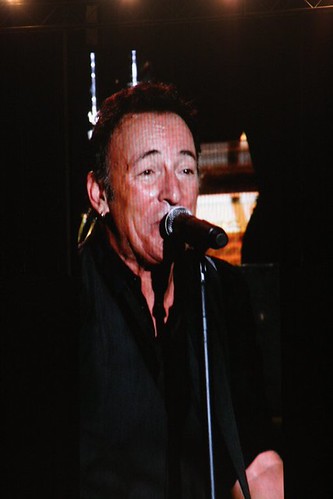
12. **An Enduring Legacy: Autobiography, Broadway, and Continued Artistic Output**Bruce Springsteen’s creative momentum showed no signs of abating in the later years, continuing to explore new artistic avenues. From 2017 to 2021, he captivated audiences with the critically acclaimed *Springsteen on Broadway*, a solo show where he blended songs with compelling stories drawn from his 2016 autobiography. An album version of these intimate Broadway performances was released in 2018, allowing a wider audience to experience this unique theatrical journey.
His studio output remained consistently vibrant, demonstrating remarkable longevity and versatility. He released the solo album *Western Stars* in 2019, followed by *Letter to You* with the E Street Band in 2020. *Letter to You* notably reached No. 2 in the U.S., a historic achievement that made Springsteen the first artist to release a top-five album in six consecutive decades. He continued this diverse streak with *Only the Strong Survive*, a solo covers album, in 2022.
As a prominent musician from the album era, Springsteen’s commercial success is staggering, with over 140 million records sold worldwide, solidifying his status as one of the best-selling music artists of all time. His career is adorned with a multitude of prestigious accolades, including 20 Grammy Awards, two Golden Globes, an Academy Award, and a Special Tony Award, reflecting the breadth and depth of his artistic impact across various mediums.
Beyond album sales and awards, Springsteen’s profound influence has been widely recognized. He was inducted into both the Songwriters Hall of Fame and the Rock and Roll Hall of Fame in 1999, received the Kennedy Center Honors in 2009, and was named MusiCares Person of the Year in 2013. Further cementing his place as a national treasure, he was awarded the Presidential Medal of Freedom in 2016 and the National Medal of Arts in 2023. In 2010, *Rolling Stone* declared him 23rd on its list of the “100 Greatest Artists of All Time,” describing him unequivocally as “the embodiment of rock and roll.” His enduring appeal on the road is equally phenomenal, with his 2023-2025 Tour with the E Street Band projected to make him one of only five artists to gross over $2.3 billion in touring by 2025.
Read more about: Bruce Springsteen’s Enduring Legacy: A Comprehensive Retrospective on ‘The Boss’ and His Unforgettable Journey Through Rock and Roll History
From the gritty streets of Asbury Park to the grand stages of the world, Bruce Springsteen’s journey is a testament to the power of authentic storytelling and unyielding passion. He built a career on deeply felt narratives that capture the American spirit, both its struggles and its triumphs, always with an electrifying live performance that transforms a concert into a communal experience. His music continues to reverberate, a timeless soundtrack to lives lived and dreams pursued, forever solidifying his legacy as an irreplaceable icon.

